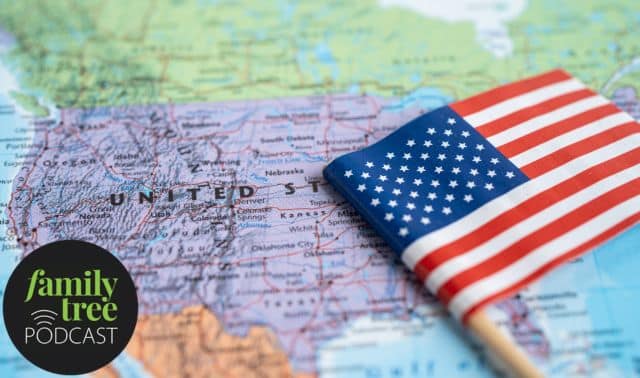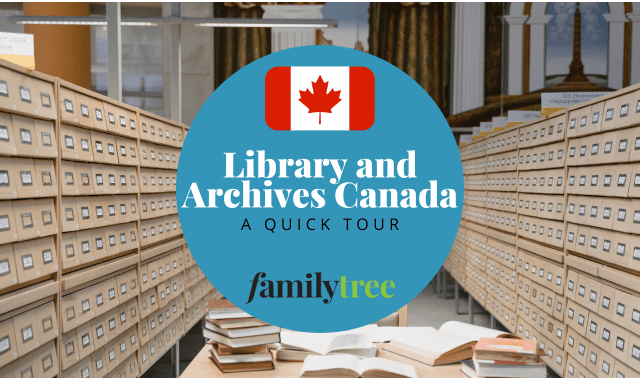Don’t wait. That relative you’ve been meaning to contact to ask about your family history — do it now. That talk you’ve been wanting to have with Grandma to get her stories about growing up — have it today. Your precious past is slipping away, and every minute you delay, every time you put it off till tomorrow, you risk losing a piece of it forever.
I learned this the hard way this spring. I’d been looking forward to seeing my Aunt Ginny, always my favorite of my dad’s siblings, when I went to the National Genealogical Society conference in Portland, Ore., where she’d recently moved. I hadn’t seen her in several years, but last fall I did e-mail her with some questions about the family tree. Not only was she the last surviving sibling, but as the youngest she had the most contact with my grandfather and great-grandfather in her hometown of Moline, 111. Aunt Ginny promised to tell me stories about them when I visited.
But just a few weeks before my trip, Aunt Ginny died. Besides the personal loss, I couldn’t help regretting the stories I never got to hear.
Fortunately, I had quizzed Aunt Ginny by e-mail. Besides getting over a huge “brick wall” in tracing my grandmother’s family, I elicited family stories I’ll treasure forever — and that now I feel a huge obligation to preserve for future generations.
As I told my cousin, her daughter, soon after my aunt died, we’re “it” now — our generation holds the heritage of our first-generation-American grandfather, our parents and their part in shaping our lives. The little world that once existed at 1002 12th St. in Moline depends entirely on us to keep it from being forgotten.
How I wish I’d asked more questions, and started asking them sooner!
The author’s Aunt Ginny (front) with (clockwise from left) his father, Uncle Art and Uncle Burt.
So don’t wait. Wherever you are in your family history quest, make sure you’re gathering everything you can from your relatives as soon as you can. As best-selling genealogy author Emily Croom advises in this issue’s cover story (page 22), “No amount of library research can duplicate or replace what these people can tell you. … You need to gather life histories and seek to understand your family’s experience in the context of the historical events happening around them.”
You’ll also find help for putting your family’s history in context in this issue’s feature on old newspapers (page 62). A new column debuting in this issue, Attic Treasures by contributing editor Maureen Taylor (page 21), shows how to get the family stories behind the heirlooms in your attic. D.G. Fulford, coauthor of the best-selling To Our Children’s Children, talks about her family’s “history lessons” in this issue’s Time Capsule (page 80).
Don’t forget other “home sources” of family history such as letters, diaries and old documents. If you’re having trouble deciphering them, Taylor walks you through the twists, turns and curlicues of old handwriting beginning on page 56.
And it’s not too soon to start getting the next generation involved. Associate editor Allison Stacy shares tips for getting youngsters involved in genealogy, starting on page 50.
After all, someday we’ll want them to ask us about our stories.
DAVID A. FRYXELL is editorial director of Family Tree Magazine.





